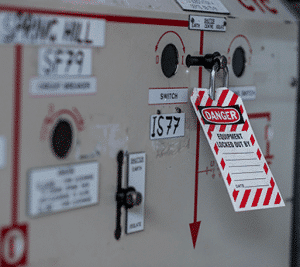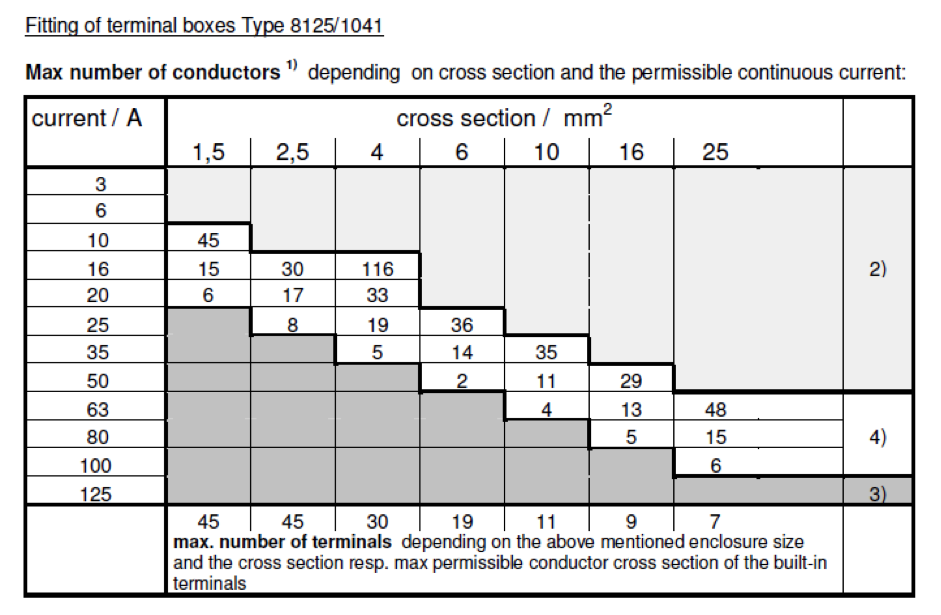Examine This Report on Roar Solutions
Examine This Report on Roar Solutions
Blog Article
The Buzz on Roar Solutions
Table of ContentsRoar Solutions - QuestionsGetting The Roar Solutions To WorkRoar Solutions for Beginners
In such an ambience a fire or explosion is feasible when 3 standard conditions are met. This is frequently referred to as the "dangerous area" or "combustion" triangular. In order to shield installments from a prospective explosion a technique of analysing and identifying a potentially dangerous area is needed. The purpose of this is to make certain the proper choice and setup of equipment to inevitably stop an explosion and to make certain security of life.
(https://www.wattpad.com/user/roarsolutions)
No tools must be installed where the surface area temperature of the devices is above the ignition temperature level of the offered danger. Below are some usual dirt unsafe and their minimal ignition temperature level. Coal Dirt 380C 225C Polythene 420C (melts) Methyl Cellulose 420C 320C Starch 460C 435C Flour 490C 340C Sugar 490C 460C Grain Dust 510C 300C Phenolic Resin 530C > 450C Aluminium 590C > 450C PVC 700C > 450C Residue 810C 570C The likelihood of the hazard being present in a focus high adequate to trigger an ignition will vary from location to area.
In order to identify this threat a setup is split into locations of risk relying on the quantity of time the dangerous exists. These areas are described as Areas. For gases and vapours and dusts and fibres there are 3 areas. Zone 0 Zone 20 A dangerous atmosphere is highly most likely to be present and may be existing for extended periods of time (> 1000 hours each year) and even constantly Area 1 Area 21 An unsafe environment is possible yet not likely to be existing for long durations of time (> 10 450 C [842 F] A category of T6 implies the minimal ignition temperature level is > 85 C [185 F] Dangerous location electrical devices maybe made for usage in higher ambient temperature levels. This would suggested on the rating plate e.g. EExe II C T3 Ta + 60C( This suggests at 60C ambient T3 will not be gone beyond) T1 T1, T2, T3, T4, T5, T6 T2 T2, T3, T4, T5, T6 T3 T3, T4, T5, T6 T4 T4, T5, T6 T5 T5, T6 T6 T6 A T Class ranking of T1 suggests the optimum surface area temperature created by the instrument at 40 C is 450 C. Presuming the associated T Course and Temperature score for the equipment are proper for the area, you can always make use of an instrument with an extra strict Department rating than required for the location. There isn't a clear response to this inquiry sadly. It truly does depend upon the kind of tools and what fixings need to be lugged out. Equipment with details test procedures that can not be performed in the field in order to achieve/maintain 3rd party rating. Need to return to the factory if it is prior to the devices's solution. Area Repair By Authorised Worker: Difficult testing may not be needed nonetheless details procedures may require to be adhered to in order for the tools to maintain its third party score. Authorized employees have to be employed to perform the work correctly Repair work should be a like for like substitute. New element need to be taken into consideration as a straight substitute calling for no unique screening of the devices after the fixing is complete. Each tool with a harmful score must be reviewed individually. These are laid out at a high level listed below, however for even more in-depth info, please refer directly to the guidelines.
Roar Solutions for Dummies
The devices register is a thorough database of tools records that consists of a minimum collection of fields to recognize each item's area, technical criteria, Ex classification, age, and ecological data. This details is important for monitoring and handling the tools effectively within harmful locations. In contrast, for regular or RBI sampling examinations, the grade will be a mix of In-depth and Close evaluations. The proportion of Detailed to Close assessments will certainly be identified by the Devices Threat, which is assessed based on ignition danger (the probability of a source of ignition versus the possibility of a combustible ambience )and the hazardous area classification
( Area 0, 1, or 2). This variant will certainly additionally affect the resourcing needs for job preparation. Once Great deals are specified, you can establish tasting strategies based upon the example dimension of each Whole lot, which describes the variety of arbitrary tools items to be inspected. To identify the needed sample size, two aspects need to be reviewed: the size of the Whole lot and the classification of evaluation, which suggests the degree of effort that ought to be applied( decreased, normal, or enhanced )to the evaluation of the Lot. By combining the category of inspection with the Whole lot dimension, you can after that establish the suitable rejection criteria for a sample, indicating the permitted number of faulty things located within that sample. For even more information on this process, please refer to the Power Institute Standards. The IEC 60079 common advises that the maximum interval in between examinations need to not surpass three years. EEHA inspections will certainly likewise be conducted beyond RBI projects as part of set up maintenance and equipment overhauls or fixings. These examinations can be credited towards the RBI sample dimensions within the impacted Lots. EEHA inspections are performed to determine mistakes in electrical equipment. A heavy scoring system is essential, as a solitary piece of tools may have numerous faults, each with differing levels of ignition threat. If the consolidated score of both assessments is less than two times the fault score, the Whole lot is considered acceptable. If the Great deal is still considered inappropriate, it must go through a full assessment or justification, which may trigger stricter examination procedures. Accepted Whole lot: The root causes of any type of mistakes are determined. If an usual failure mode is discovered, added equipment may call for maintenance. Mistakes are categorized by extent( Security, Stability, Housekeeping ), ensuring that urgent concerns are examined and resolved without delay to mitigate any effect on safety and security or procedures. The EEHA data source should track and tape-record the lifecycle of mistakes in addition to the rehabilitative activities taken. Implementing a robust Risk-Based Evaluation( RBI )method is important for guaranteeing compliance and security in handling Electric Devices in Hazardous Areas( EEHA) (high voltage courses). Automated Fault Rating and Lifecycle Management: Easily manage faults and track their lifecycle to boost examination accuracy. The introduction of this assistance for risk-based inspection better reinforces Inspectivity's setting as a best-in-class remedy for regulatory conformity, in addition to for any type of asset-centric inspection usage instance. If you want finding out more, we invite you to ask for a demo and find exactly how our solution can change your EEHA monitoring procedures.
More About Roar Solutions

In regards to explosive danger, a hazardous area is an atmosphere in which an eruptive atmosphere is present (or may be anticipated to be present) in amounts that require special precautions for the building, setup and use devices. eeha training. In this article we check out the obstacles dealt with in the work environment, the danger control measures, and the called for competencies to function securely
These substances can, in certain conditions, develop eruptive ambiences and these can have significant and awful effects. Many of us are acquainted with the fire triangular remove any one of the three elements and the fire can not occur, but what does this mean in the context of dangerous areas?
In a lot of instances, we can do little regarding the levels of oxygen in the air, however we can have considerable impact on resources of ignition, as an example electric devices. Harmful areas are documented on the dangerous area classification drawing and are identified on-site by the triangular "EX LOVER" sign. Here, amongst various other key details, zones are split into see post 3 kinds relying on the threat, the chance and period that an eruptive ambience will exist; Zone 0 or 20 is deemed one of the most unsafe and Area 2 or 22 is considered the least.
Report this page